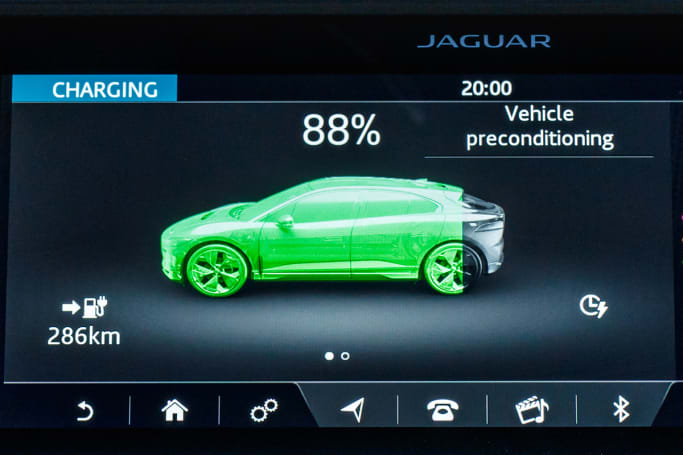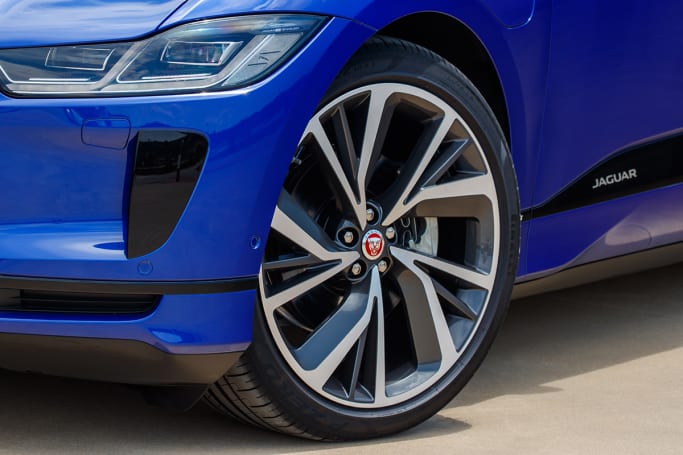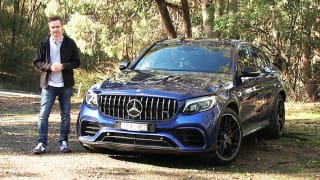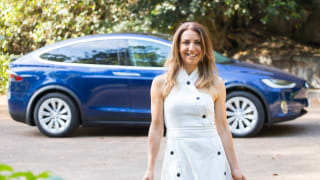Expect a three-strong regular line-up (S, SE and HSE), as well as a feature-packed First Edition, when the I-Pace lands in Australian dealerships in October.
The $119,900 S gets 18-inch alloy wheels, LED headlights and auto-parking, while the cabin scores powered seats, navigation, a 380-watt premium Meridian sound system and the 'Flight Deck' multimedia set-up (a 10-inch screen sitting above a 5.0-inch screen) which we will touch on shortly. While Apple CarPlay and Android Auto are not yet available, the ink is apparently drying on the contract and the service should be offered in Australian cars by the time they land here.

The $130,200 SE trim gets bigger 20-inch wheels and an auto-opening boot outside, while the cabin materials are upgraded to real leather. Finally, the $140,800 HSE trim gets diamond-turned alloys, Matrix LED headlights, a better sound system and top-shelf 'Windsor' leather seats. Spring for the First Edition ($159,700) car and you'll add a head-up display, a fixed sunroof, four-zone climate control, and customisable interior lighting, as well as a boosted 825-watt stereo with 15 speakers.
There's some clever new tech on show here, too, like a Bluetooth-enabled key that tells the car who is approaching, so your seat, steering wheel and stereo settings can be pre-prepared. An app will tell you how much battery you have left, or how long you'll have to wait to finish charging, while an AI-enabled assistant can even learn your habits and remind you of things you might have forgotten. If you always call home at 3.15pm to check on the kids, for example, and one day you forget, the I-Pace will remind you.

You'll have noticed, I'm sure, that those prices look pretty good against the other electric SUV in the field, with Tesla's Model X prices spanning from $133k to a a whopping $244k. And having spent time in the Silicon Valley version, I can tell you the Jaguar definitely does not feel like a cheaper offering...




















